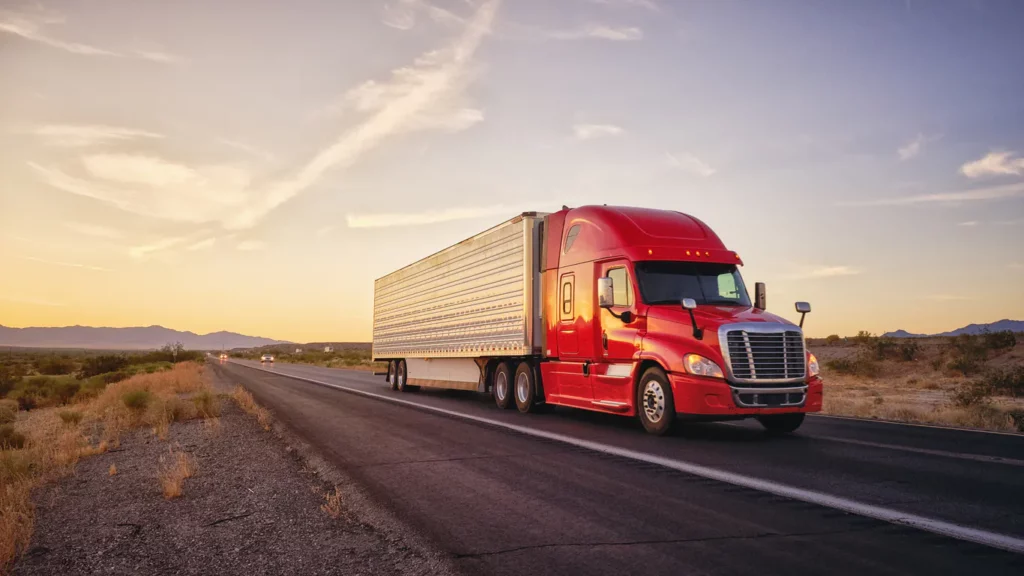Tips
Trucking Compliance Explained: Interstate vs. Intrastate Regulations

What’s the real difference between interstate vs. intrastate regulations? Many trucking companies face confusion when it comes to compliance rules.
State and federal regulations differ, and following the wrong ones can lead to fines or delays. Knowing the proper steps for your trucking operations is key.
This guide breaks down the rules clearly, so you can avoid mistakes and keep your business moving without trouble. Keep on reading!
What Is Intrastate Trucking?
When you work as an intrastate trucker, you only go within the borders of one state. When making deliveries, these trucks never go into another state.
Companies that do this have to follow the rules and laws of their state. The Department of Transportation in each state is in charge of registration, insurance, and safety rules. It’s usually easier than driving a truck across state lines, but you still need to pay close attention to local laws.
What Is Interstate Trucking?
When you drive an interstate truck, you have to cross state lines to deliver goods. Transporting packages that come from or are going to another state is part of it.
Under federal rules set by the Federal Motor Carrier Safety Administration (FMCSA), these carriers must follow them. That includes having a valid U.S. DOT number, passing a drug test, and meeting certain driver requirements. Compliance is harder to understand, but it’s necessary for shipping over long distances.
Licensing and Registration Requirements
Intrastate trucking often requires a state-specific commercial driver’s license (CDL). In contrast, interstate drivers must have a CDL that meets federal standards. Companies crossing state lines need a U.S. DOT number and possibly an MC (Motor Carrier) number.
Some states require additional permits for intrastate carriers. Knowing the difference helps avoid costly violations and keeps your trucks running legally.
Insurance Rules to Consider
Insurance needs differ based on whether trucking is done within a state or across states. Intrastate trucking usually requires less coverage compared to interstate operations.
Interstate carriers must meet FMCSA insurance limits, which are often higher. Federal rules may require cargo and liability coverage depending on what is hauled. Having the right policy helps protect both your business and your drivers.
Safety and Inspection Standards
Both intrastate and interstate trucks must pass safety inspections, but the standards vary. Federal inspections for interstate carriers are often stricter and more frequent.
Intrastate operations follow the safety rules outlined by each state. Regardless of scope, all trucks must meet equipment, maintenance, and driver safety standards. Regular inspections and driver checks reduce accidents and help maintain compliance.
Understanding Business Impact
Choosing the right type of trucking affects your business costs, operations, and growth. The difference between intrastate vs interstate trucking can impact your customer reach and revenue.
Interstate trucking opens the door to more clients but comes with added rules. Intrastate trucking may be easier to manage, but it limits your service area. Knowing your route type helps you plan better and stay compliant.
How Interstate vs. Intrastate Regulations Impact Your Trucking Business
For trucking operations to go smoothly, drivers need to know the difference between interstate and intrastate regulations. It’s important to follow the rules when making business decisions, getting licenses and insurance, and following safety rules.
If you follow the rules correctly, you can avoid delays, fines, and legal problems. It also sets up your business to grow and be successful in the future. This guide makes things clear for you, whether you’re staying in the same state or going across borders.
Did you like this guide? Great! Please browse our website for more!




